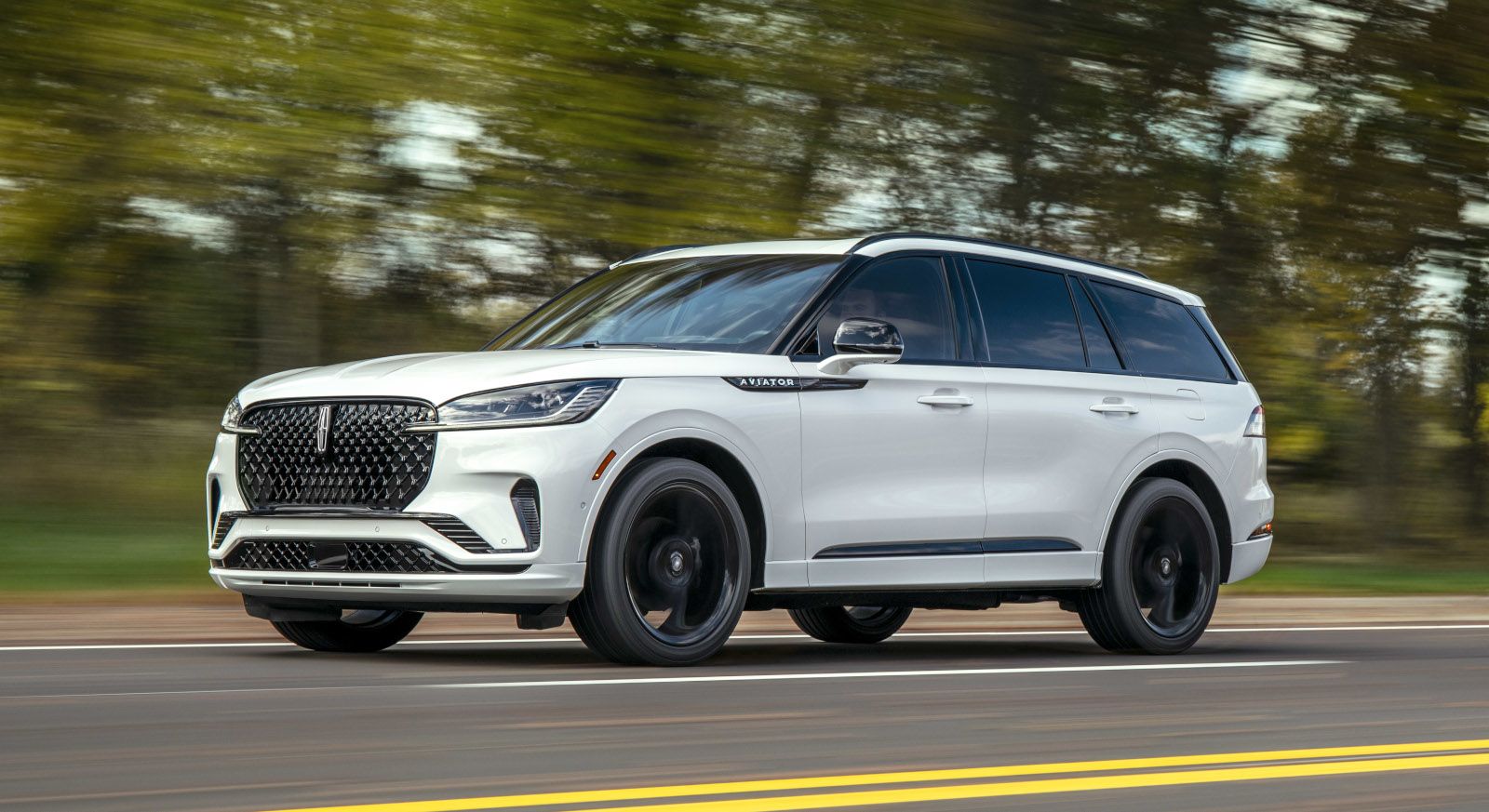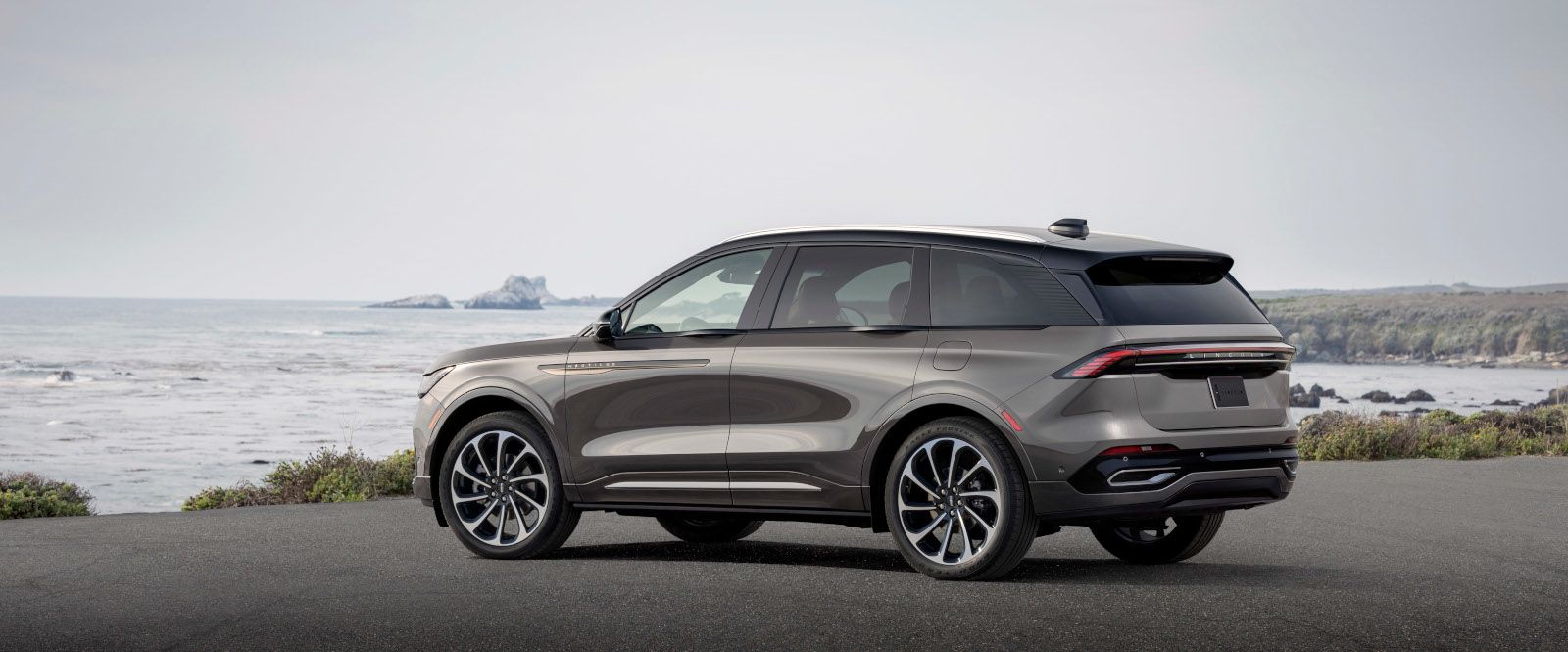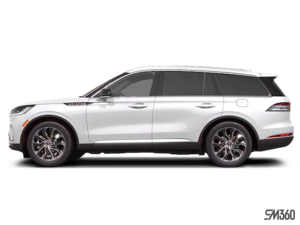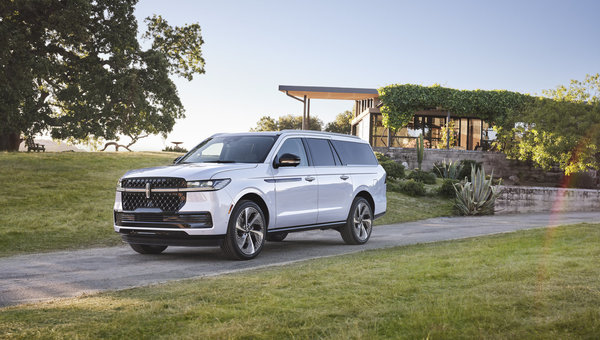Beyond Snow: Why Lincoln's AWD Matters for Vancouver Island Winters
October 31 2025,

Victoria's winter doesn't look like the rest of Canada. There are no snow banks towering over sidewalks or mornings spent scraping ice off windshields. Instead, winter here means endless rain, slick roads, fog rolling in off the water, and those early evening commutes home in near-darkness. For drivers across Vancouver Island, the real challenge isn't deep freeze—it's staying safe and confident when the roads are slippery and visibility drops.
That's where Lincoln's Intelligent Four-Wheel Drive steps in. Designed to adapt to changing conditions, this system gives drivers in British Columbia the traction and stability they need when the Malahat gets slick or Victoria's streets turn into streams. Paired with advanced driver-assist technologies, Lincoln SUVs like the Navigator and Aviator deliver a calm, controlled drive even when the weather isn't cooperating.
How Intelligent AWD Works in Wet Conditions
Lincoln's Intelligent Four-Wheel Drive system continuously monitors road conditions and adjusts power distribution between the front and rear wheels. When sensors detect reduced traction—like hitting a patch of standing water on Highway 1 or navigating a wet roundabout—the system automatically shifts power to the wheels with the most grip.
Unlike older all-wheel-drive systems that split power equally, Lincoln's setup reacts in real time. This means better control when accelerating away from a stoplight on a rainy morning, smoother handling when cornering on wet pavement, and improved stability when braking on slick surfaces.
The system works seamlessly with Lincoln's Adaptive Suspension, which adjusts damping to keep the ride smooth and planted. Together, these technologies help reduce wheel slip and keep the vehicle stable, even when conditions change quickly.
Rain, Fog, and Low Visibility: Lincoln's Safety Features
Wet roads are just one part of the equation. Victoria's winter also brings thick fog, heavy rain that overwhelms wipers, and those early sunsets that leave drivers navigating in the dark. Lincoln addresses these challenges with a suite of driver-assist features designed to improve visibility and reaction time.
The 2025 Navigator includes Lincoln Co-Pilot360 Drive 2.0 as standard equipment. This system includes:
- Adaptive Cruise Control with Lane Centering: Maintains a set distance from the vehicle ahead and helps keep the Navigator centred in its lane, even in stop-and-go traffic on rain-soaked roads.
- Pre-Collision Assist with Automatic Emergency Braking: Monitors the road ahead and can apply the brakes if it detects a potential collision, giving drivers extra reaction time when visibility is poor.
- Lane-Keeping System: Provides gentle steering assistance to help keep the vehicle in its lane, plus alerts if the system detects unintentional drifting.
- Blind Spot Detection with Cross-Traffic Alert: Helps monitor areas that are harder to see in rain or fog, especially helpful when changing lanes on the Pat Bay Highway or backing out of a parking spot.
The Aviator offers similar technology, including Lincoln Co-Pilot360 2.1 and available BlueCruise hands-free highway driving. On long drives up-Island, these features reduce fatigue and help drivers stay focused.
Real-World Benefits for Vancouver Island Drivers

So what does all this technology mean for someone driving from Victoria to Nanaimo on a rainy Tuesday? Here's how it plays out:
On the Malahat: The winding curves and elevation changes of the Malahat Drive become even more challenging in wet weather. Lincoln's Intelligent AWD adjusts traction as needed through each turn, while the Adaptive Suspension keeps the ride stable. Lane-Keeping Assist helps maintain position in the lane when visibility drops.
Around Victoria: City driving in the rain means wet intersections, pedestrians with umbrellas, and cyclists navigating alongside traffic. Pre-Collision Assist and the 360-degree camera system (standard on Navigator) provide extra awareness, while the AWD system ensures confident acceleration from stops.
Highway 1 in Heavy Rain: When rain pools on the highway, Intelligent AWD helps prevent hydroplaning by adjusting power distribution. The system works with traction control and stability systems to keep the vehicle moving smoothly and predictably.
Ferry Lineups and Wet Parking Lots: Navigating tight spaces in the rain is easier with features like Reverse Brake Assist and parking sensors, both standard on the Navigator.
Key Takeaways
|
Feature |
How It Helps in Victoria's Winter |
|---|---|
|
Intelligent Four-Wheel Drive |
Adjusts power to wheels with grip on wet, slick roads |
|
Adaptive Suspension |
Maintains stability through curves and uneven, rain-soaked pavement |
|
Lincoln Co-Pilot360 |
Provides driver-assist features for fog, rain, and low visibility |
|
Pre-Collision Assist |
Extra reaction time when visibility is reduced |
|
Lane-Keeping System |
Helps maintain lane position on winding, wet roads |
|
Blind Spot Detection |
Monitors areas harder to see in rain and fog |
Experience Lincoln's Winter Confidence at Suburban Lincoln
Winter driving in British Columbia requires a different approach than the rest of Canada, and Lincoln's Intelligent AWD and safety technologies are built to handle exactly these conditions. From wet highways to foggy mornings, these systems work together to keep drivers calm and in control.
Visit Suburban Lincoln in Victoria to experience how the Navigator or Aviator handles the Island's wet winter roads. Our team can walk you through the technology and arrange a test drive so you can feel the difference for yourself.


